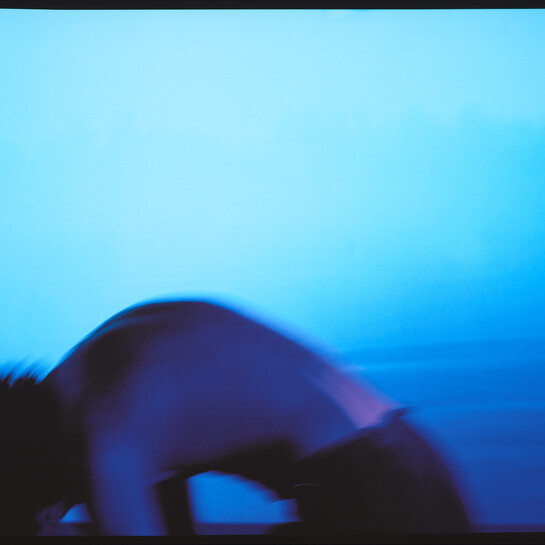Thomas Selby Cousins
British / Aotearoa New Zealand, b.1840, d.1897
On the Wilberforce River near Bond's Station
- 1889
- Watercolour
- Gift of Dawn and William F. Jamieson, 2007
- 310 x 460mm
- 2007/037
- View on google maps
Location: Sir Robertson and Lady Stewart Gallery
Tags: landscapes (representations), mountains, natural landscapes, rivers, snow (precipitation)
Kāi Tahu history recalls the first person to cross Kā Tiritiri-o-te-moana Southern Alps as Raureka, a Kāti Wairaki rakatira who traversed via the pass that came to bear her name in around 1700, Nōti Raureka. Waitāwhiri is the river that formed part of the route Raureka took between Hokitika and Kā Pākihi-whakatekateka-a-Waitaha Canterbury Plains, where she introduced Kāi Tahu to precious pounamu in the area near Te Umukaha Temuka. Nōti Raureka was renamed Browning’s Pass in 1865 after a Canterbury Province surveyor, and Waitāwhiri was later renamed the Wilberforce River after Bishop Samuel Wilberforce, a founding member of the Canterbury Association. Here, Ōtautahi Christchurch painter Thomas Cousins gives his attention as much to the shifting, atmospheric effects of rain, mist and sunlight as to specific features of the landscape.
Kāi Tahu ~ tribal group of much of Te Waipounamu South Island
Kāti Wairaki ~ tribal group that was largely replaced by Kāi Tahu through intermarriage and conquest
rakatira ~ person of high rank, chief, leader
pounamu ~ greenstone
He Kapuka Oneone – A Handful of Soil (from August 2024)
Exhibition History
Thomas Cousins enjoyed painting in the Canterbury high country and made regular sketching trips to remote areas such as Bonds Station near the Rolleston Range. The Wilberforce River is a major tributary of the Rakaia River, and Cousins’ view captures the grandeur of the region, looking up the riverbed as a storm rolls down the valley. Cousins was a popular figure in the Christchurch arts scene of the 1870s and 1880s. Little is known of his training, but his father and uncle were both established artists who would have encouraged his interests in art from a young age. Cousins was born in England and was the son of wood engraver Henry Cousins. Around 1863 he emigrated for health reasons to Canterbury, New Zealand, where he worked as a watercolourist and was also employed as a black and white illustrator. He was a founding member of the Canterbury Society of Arts and exhibited in the society’s first exhibition in 1881. He moved to Dunedin around 1885 where he remained until his death.
(Label date unnown)

